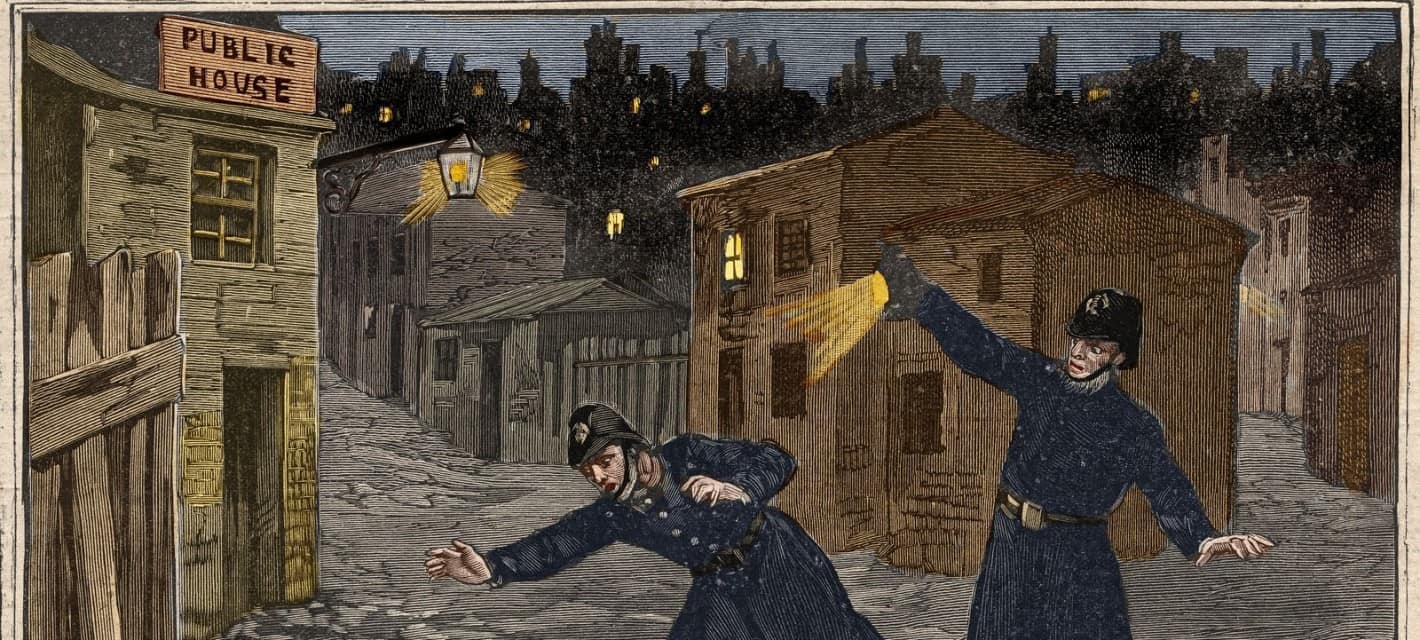Known during the period of his depredations as the Whitechapel Murderer, the true identity of Jack the Ripper has never been proved. Nor is it likely to be. Yet for nearly a century and a half historians, criminologists, and amateur sleuths have searched for the real Jack the Ripper. They can’t completely agree on the number of killings attributed to the Ripper, nor when they started or stopped. Some claim the killings were limited to London’s Whitechapel slums, others that the Ripper carried his brutal violence to other locales. Modern-day researchers are limited by the fact that much of the contemporaneous records of the investigations in the late 19th century no longer exist. The German Blitz during World War II destroyed them. Yet new “evidence” supporting theories as to the identity of Jack the Ripper occur with regularity. Some are truly bizarre.

In 1999, for example, a British author named Richard Wallace published a book in which he named Charles Lutwidge Dodgson as the real Jack the Ripper. Dodgson gained lasting fame under his pen name, Lewis Carroll. According to Wallace, Carroll included clues to his identity in his famous poem, Jabberwocky (“One, two! One, two! And through, and through, the vorpal blade went snicker-snack”). Despite Wallace’s careful presentation of Lewis Carroll as Jack the Ripper his theory did not gain much support from serious students of the murderer. Others have long supported the belief the murderer was a member of the Royal Family, one of their servants, or a close member of their court. That theory became popular as a source of entertainment after it first appeared in 1962, though little evidence supports it. Here are other theories over the identity of Jack the Ripper.

1. Whitechapel presented a perfect stage for brutal crimes in 1888
Whitechapel, a parish in the teeming East End of London, experienced severe overcrowding in the 1880s. The area teemed with immigrants, many East European Jews who fled to Britain to escape the pogroms of the Russian Tsar. Poverty, vice, and crime gripped the area, with many Britons blaming conditions on the new arrivals and their extended families. By October 1888, more than a thousand prostitutes worked in the area, some in brothels and others in the streets. Cutpurses, thieves, beggars, drunkards, pickpockets, and ne’er-do-wells roamed the streets day and night. Shopkeepers and tradesmen found their places of business under perpetual siege. Clashes between Britons and immigrants, and between immigrants themselves, occurred with disturbing frequency. Whitechapel was a teeming slum, throbbing with vice and violence.
Attacks on women, especially against those engaged in prostitution, were common. Many prostitutes of the day lived in groups, sharing housing. Others entered into common-law marriages, both for protection and a roof over their head. The City of London Police patrolled the area on foot. Serious crimes requiring further investigation came under the purview of the Metropolitan Police Service, headquartered in Scotland Yard. Neighborhood vigilante groups also protected their areas, often as part of organized crime syndicates. They patrolled a dizzying warren of narrow streets, alleyways, stables, and mews, poorly lit at night, and densely packed with humanity and animals by day. In this environment, the brutal murders and enduring legend of Jack the Ripper began in October, 1888. It started with the murder of a prostitute named Mary Ann Nichols.

